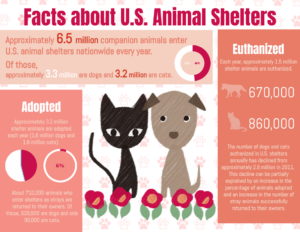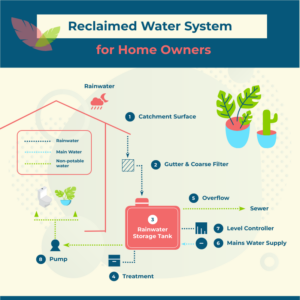Five key elements of designing an infographic
If you want to create a shiny new infographic to attract your audience, you are going to the right place. Here you will learn how to create a popular and effective infographic. In this post, we’ll share the most important’s five key elements of designing an infographic.
1. Attracting eyeballs and exciting.
In this era of information explosion, if the information has no distinctive features, it will be overwhelmed. So you should design works that are attractive and resonate with readers.
Information floods our lives at an alarming rate, and even if we deliberately seek out certain information, it is likely to pass by. In such a huge amount of information, featureless information will be completely ignored. If a new message wants to attract people’s attention, it must make people shine, be attracted to it, resonate with it, and want to continue reading it. Our goal is to make such an infographic. This attraction is achieved through the core graphics or composition. This design is not to be unconventional, but to allow readers to understand the content of the information in the most intuitive way.
2. Communicate accurately, and the information is clear.
Choose a theme that you want to convey to the reader the most, and express this theme ingeniously. And you must be clear about who the message is designed for and what you want to convey.
It is difficult for readers to understand pictures and texts with vague content, so when making an infographic, you must be clear about what you want to convey and what you want readers to understand. In figurative terms, “what you want to convey” refers to what your intentions are. For what purpose is this picture, and for whom is it designed? This way of thinking, like a sharp arrow, hits the key points and helps you find a perspective that runs through when making pictures and texts. The direction of this arrow deviates slightly, or the force expression will completely digress.
3. Remove the rough and fine, simple and easy to understand.
Filter out the really necessary information from the huge amount of information. At the same time, the design method should be simple and easy to understand, and boldly discarded, otherwise, the redundant information will be like a filter that hinders the transmission of intent.
Abandoning boldly is also an ability in design. If you can’t give up, that redundant information will be like a filter that hinders the effective communication of intent. The information retained on the map should be able to produce the greatest effect in the smallest amount so that readers can understand the intention conveyed in it at first glance. In addition, it is not only information that needs to be simplified, but also colors, fonts, word count, lines, and typesetting.
4. Sight flows and constructs time and space.
Making full use of people’s reading habits and the law of sight movement, creating a sense of time and space through design, and recognizing the order of sight movement, we can find the most eye-catching place on the layout.
When typesetting, make full use of people’s reading habits, which is a very important factor. When reading, people’s gaze is used to move from upper left to lower right. Therefore, the layout design of exhibition boards, posters, magazines, web pages, etc. basically follows this rule. In other words, by recognizing the sequence of the movement of the eyes, we can find the most eye-catching place on the layout and put the most important graphic materials there. In addition, the movement of the line of sight is not only the movement of space but also the change of time in the graphics and text. Therefore, in the infographic, time also flows from the upper left to the lower right, starting from the “past” in the upper left, to the “now” in the lower right, and even to the “future”. In this way, the design of the information graph is like a perspective view, showing a sense of distance. Coupled with numbers and gradually increasing arrow-shaped symbols to indicate the reading order, it can make it play a more significant effect.
5. Abandon the words and explain with pictures.
When explaining the structure or flow of things, try to avoid using words, and only use graphics to convey information. Without any words, the content can be fully understood. This is the most ideal infographic.
An information map has no words, and its connotation can be fully understood by readers. This is the most ideal information map. In the future, it may become a common language in the world and a new communication tool for people. Some pictures can have a natural insight into the minds of readers and can communicate with readers. To make such a picture, the designer must have a strong willingness to express it. This is the Universal Design method for everyone.
No any idea to create a clear and attractive infographic? Don’t worry! You can try to present your information with the “Reclaimed Water System for Home Owners Infographic” and “Facts about U.S. Animal Shelters infographic” templates on Visual Paradigm Online.

Facts about U.S. Animal Shelters infographic

Reclaimed Water System for Home Owners Infographic
Not exactly the infographic you were looking for? Discover more outstanding infographic templates in the VP Online library!

